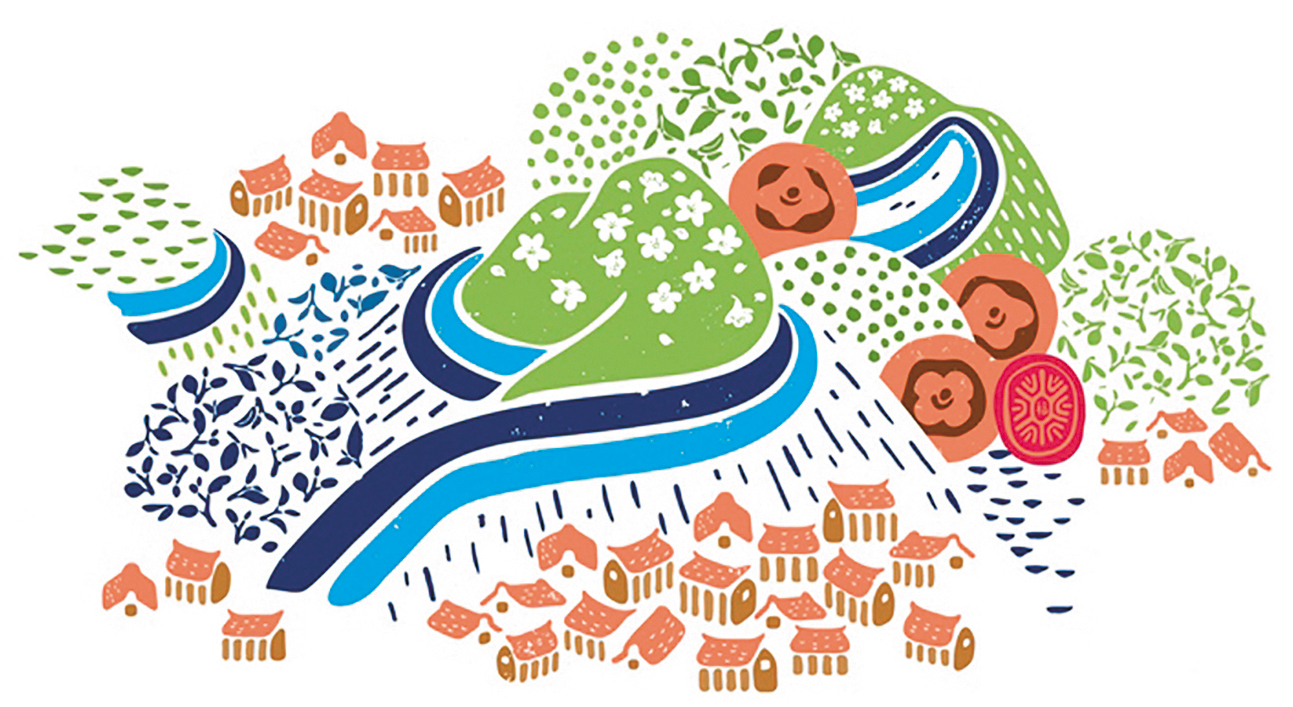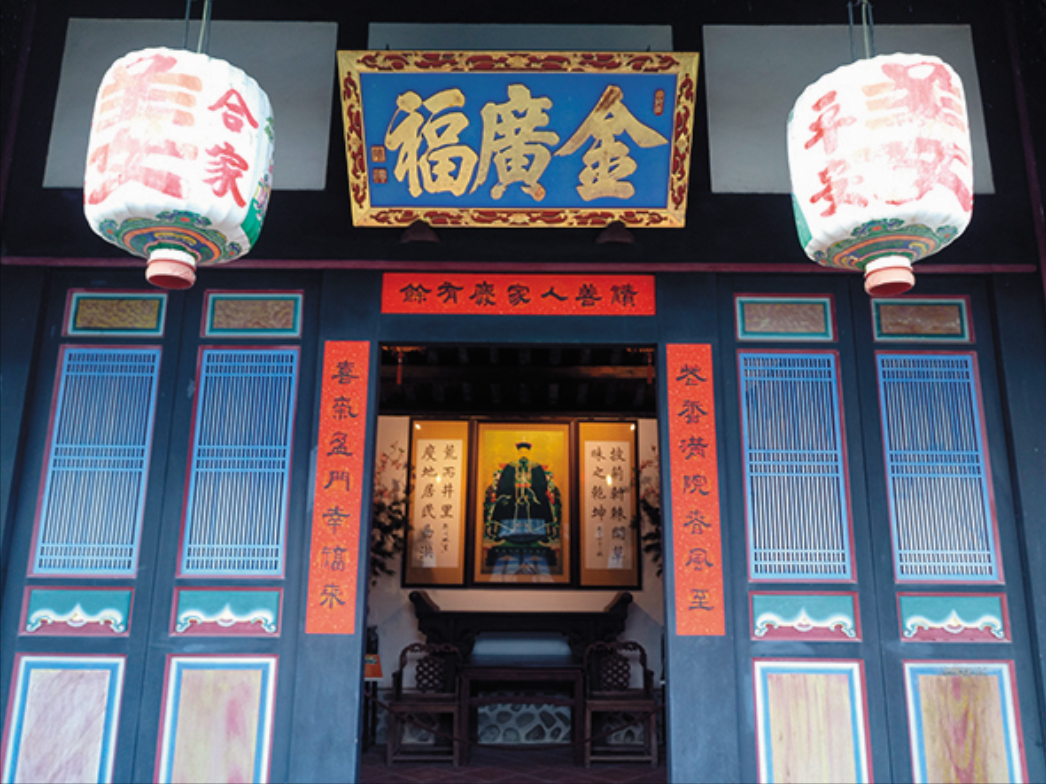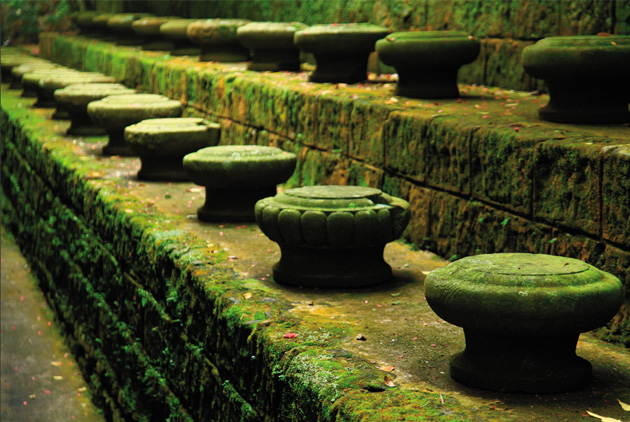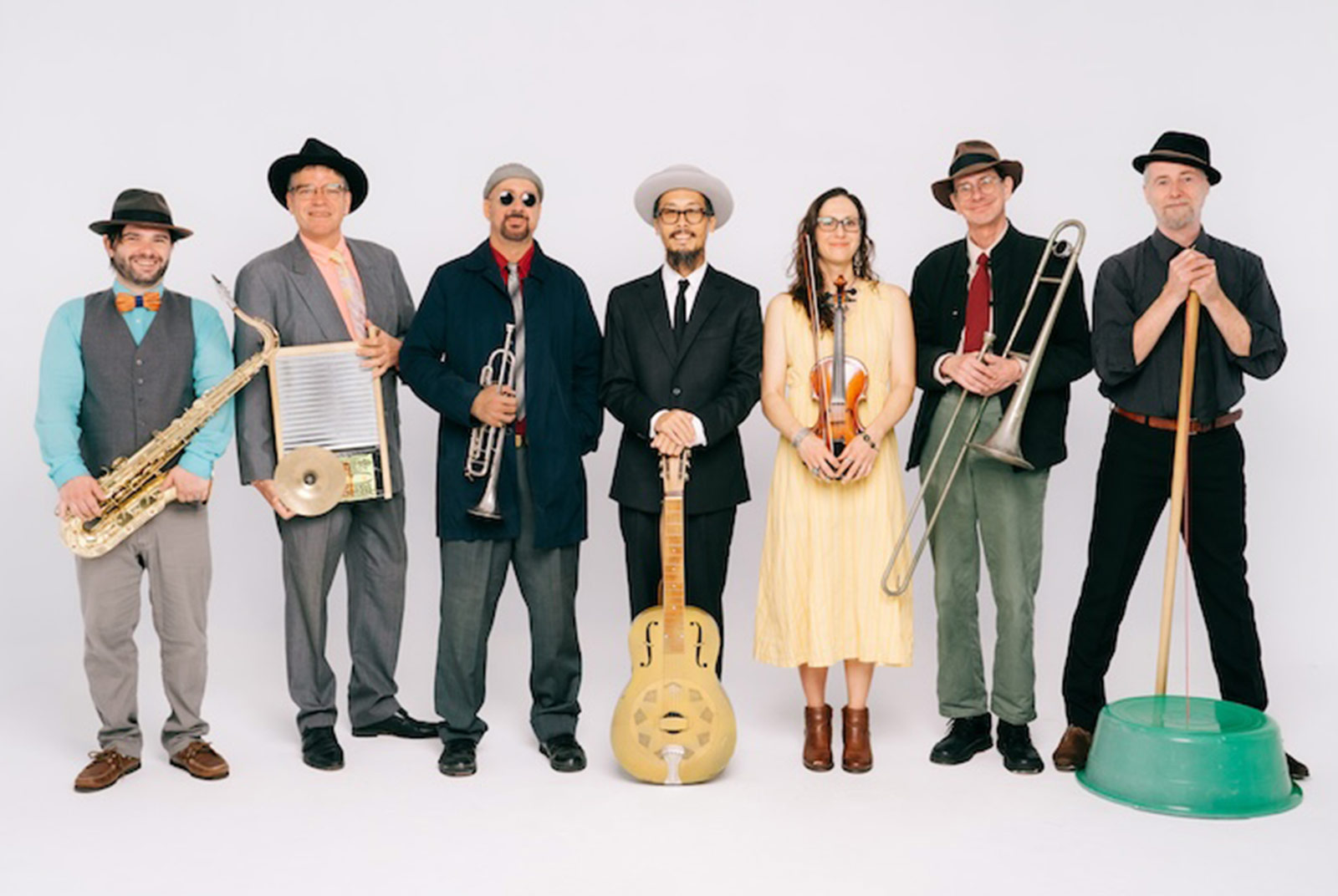C'est La Vie, That's Life
The Hakka Cultural Renaissance Memories Along a Mountain Route

Source:Hakka Affairs Council
From a track to a national greenway, the Reknus Selu Trail of the Taiwan Romantic Route 3 is an ancient path full of Taiwan’s treasures. There are legend and heritage on these whirling axles spreading more than 400 kilometers. Tea leaves and camphor laurel cultivated on this path interlinked Taiwan and the world in 19th century. The Taiwan Romantic Route 3, a way leading Hakka people home, highlights the underestimated romance of Taiwan.
Views
The Hakka Cultural Renaissance Memories Along a Mountain Route
By Hakka Affairs CouncilSponsored Content
Echo—History
Winding through the western hills of Taiwan, Provincial Highway 3 is colloquially known as the Inner-Mountain Highway. The section known as "the Taiwan Romantic Route 3" specifies the 150 kilometers of Hakka culture on display from Dasi District in Taoyuan to Xinshe District in Taichung. This remote location in the treacherous mountains marked the zenith of Han cultivation. Under Japanese rule, it was a major hub of military and industry. The touching tale of tenacious Hakka trailblazers offers a glimpse into the development of Taiwanese civilization.

1895 War Memorial Park, Pingzhen District, Taoyuan
The Japanese invasion of Taiwan in 1895 was the biggest and most important battle against colonization in Taiwan's 400 years of history. Some of the bloodiest skirmishes fought again encroaching Japanese forces were spearheaded by the Hakka militia in the Taoyuan, Hsinchu, and Mialo regions. These people gave their lives to defend their homes, and their battle sites spanned the length of Provincial Highway 3. Anping District in Taoyuan, where the outmatched militia won one of their few victories, will be the site of a new War Memorial Park commemorating Taiwanese resistance against Japanese imperialists.
Chin Kuang Fu House, Beipu Township, Hsinchu
Built in 1835, the Chin Kuang Fu House is a testament to the fraternity between the Cantonese Hakkas and Fujian Hokkiens. It was from here that they tamed the woods and mountains, and built their new home. The simple, sturdy building reflects the steadfast spirit of these early settlers.

Raknus Selu Trail, National Greenway System
In the language of the indigenous people, "raknus" is the word for the valuable camphor laurel, and "selu" means "path" or "trail" in the Hakka tongue. Raknus Selu was a causeway built together by the various tribes that linked Taiwanese treasure to the global oceanic highways of the 19th century.
Camphor laurel was an essential strategic resource that provided the raw material for manufacturing film, spices, dynamite, and preservatives. This precious ingredient was carted across 400 kilometers of the serpentine Raknus Selu of the Taiwan Romantic Route 3 to the Dahan River, which led to the trading port of Twatutia in Taipei, and then distributing among the world.

Visit—Culture
The Taiwan Romantic Route 3 is also a journey to discover humanities and culture. Despite being in an oppressive environment and under foreign rule, the Hakka people used education to lift themselves up by the bootstraps. Through literature, music, painting and photography, they bore witness to the passage of time, leaving their own indelible mark in history.

The writers of the Taiwan Romantic Route 3 were the pioneers of Taiwanese novel sequences. "Orphan of Asia" by Wu Zhuoliu told the fate of the Taiwanese during Japanese rule. Long In-chung's autobiographical novel "Night Current" told not only the story of his family, but of the Hakka people as a whole. "The Taiwanese Trilogy" by Chung Cao-cheng, the Mother of Taiwanese Literature, is an epic tale of the harrowing struggles of early Taiwanese people.

By restoring the writers' former residences and constructing a memorial, the Hakka Affairs Council is preserving history and restoring art. They named the "Hakka Culture Renaissance 2.0"-the next page in Hakka humanities.
Sights to See: Literature
Chung Cao-cheng Literature Park in Longtan District, Taoyuan. Wu Zhuoliu Museum in Xinpu Township, Hsinchu. Long In-chung Museum in Beipu Township, Hsinchu (planning).
Sights to See: Music
Teng Yu-hsien Taiwanese Music Memorial in in Longtan District, Taoyuan (under construction). Teng Yu-hsien Culture & Music Park in Qionglin Township, Hsinchu.
Sights to See: Visual Arts
Xiao Ru-Song Art Park in Zhu-dong Township, Heieh Hsiao-De Gallery in Shitan Township, Miaoli, Hsinchu. Dr. Liu Xing-Ching Museum in Hengshan Township, Hsinchu.
Sights to See: Humanities
Hakka Culture Hall in Longtan District, Taoyuan. Miaoli Park in Tongluo Township, Miaoli. Miaoli Cultural Park in Gongguan Township, Miaoli.
Edited by Sharon Tseng
This content is sponsored by The Hakka Affairs Council.
Additional Reading
♦ HsinPu Persimmons, Golden Pearls of Wisdom
♦ Centennial Academy in Old Town
♦ A Home, A Factory, A Microcosm of Taiwan’s Economy








